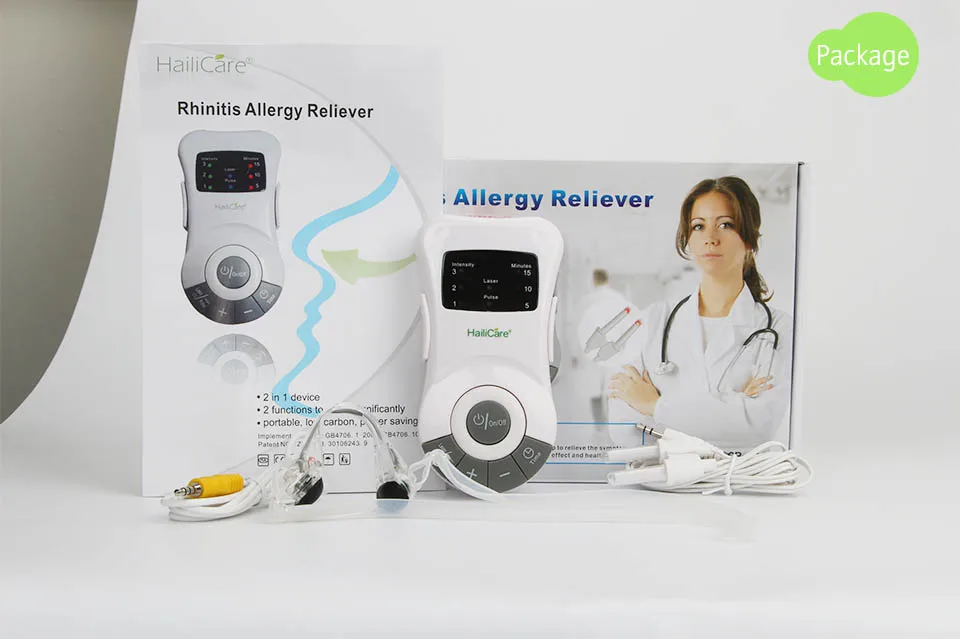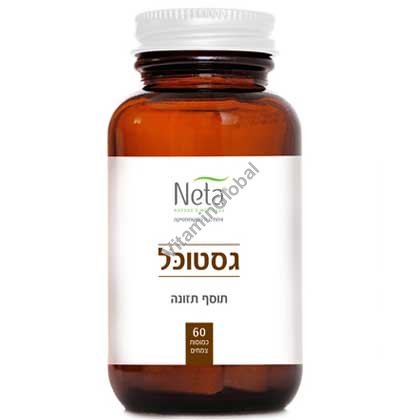

Respiratory problems, such as persistent wheezing or coughing at night.Arched back during or right after eating.Your baby or toddler may have gastroesophageal reflux disease if she has these common symptoms: What are the symptoms of GERD in children? They may have had it since they were babies and not been bothered by it, or they may have spontaneously developed it later.īut when reflux causes complications, such as poor weight gain, it's called gastroesophageal reflux disease (GERD) and requires medical treatment.

Older children occasionally have reflux, too. GER usually starts around 2 to 3 weeks, peaks around 4 to 5 months, and goes away by 12 months. This is called reflux, or GER (gastroesophageal reflux). In fact, some babies spit up quite frequently and show no ill effects. It's perfectly normal for infants to spit up after feedings or even to vomit once in a while without apparent cause or warning. (2016.) it normal for my baby to spit up so much? Why your wheezing baby may need TLC, not medication.Accurate respiratory rates count: So should you! /article/S1574-6267(16)30060-X/pdf Ear, nose, and throat problems with Down syndrome.fda.gov/consumers/consumer-updates/do-not-use-infant-sleep-positioners-due-risk-suffocation Do not use infant sleep positioners due to the risk of suffocation.en/topic/default?id=breathing-problems-90-P02666 healthlibrary/conditions/pediatrics/breastfeeding_85,P00990 You can learn more about how we ensure our content is accurate and current by reading our editorial policy.
/preemie-bottle-56be3ea93df78c0b138b1152.jpg)
Healthline has strict sourcing guidelines and relies on peer-reviewed studies, academic research institutions, and medical associations. Remember that increased mucus production is the body’s way of clearing out the virus, and it’s not a problem unless it’s severely affecting your baby’s ability to eat or breathe. And vapor rubs (often containing menthol, eucalyptus, or camphor) are proven to be dangerous for children younger than 2 years old. Most cold medications are not safe or effective for babies. Home air qualityĪvoid smoking near your baby use unscented candles keep pet dander down by vacuuming frequently and follow label instructions to make sure you replace your home air filter as often as needed. Your touch can be soothing if your baby is congested and fussy. Gently rub the bridge of the nose, eyebrows, cheekbones, hairline, and bottom of the head. Do not use this technique if it interferes with your baby feeding.

When you sit them up after eating, it’s likely the mucus will slide right out. Some people feel that putting breast milk in a baby’s nose works just as well as saline drops to soften mucus.Ĭarefully put a little milk right into your baby’s nose while feeding. It may be helpful to try this just before a feeding. Apply drops with a nasal syringe (bulb) for really thick mucus. Putting one or two drops of saline in the nose can help loosen mucus. Nasal saline dropsĪsk your doctor which brand of saline they recommend. If you don’t have a humidifier, run a hot shower and sit in the steamy bathroom for a few minutes multiple times per day. Cool mist is safest because there aren’t any hot parts on the machine. Run a humidifier in your baby’s room while they sleep to help loosen mucus. The playtime will distract from their discomfort and the warm water can help clear nasal congestion. BathĪ baby who can sit may enjoy taking a warm bath. Keep your baby comfortable at home and stick to their routine, offering frequent feedings and making sure they sleep. If your baby has a mild virus, you’ll have to get through it with tender loving care. Unfortunately, there are no cures for common viruses.


 0 kommentar(er)
0 kommentar(er)
